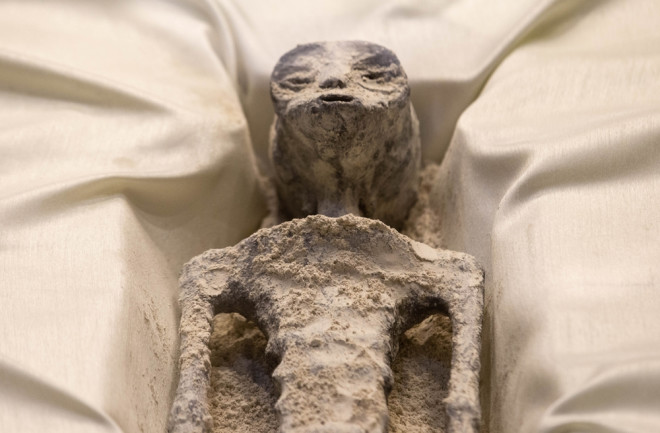We seem to have entered something of an alien renaissance. Public interest in extraterrestrial speculation soared this summer, as former intelligence officials testified to Congress that the U.S. government is in possession of materials from a spacecraft of “non-human origin.”
For all its mystery and intrigue, though, this moment is only the latest surge in a century of extraterrestrial hype, and of claims to the existence of alien artifacts. So far none have held up to scrutiny, and it remains to be seen whether the Pentagon is hiding the real deal. But there’s a long list of fascinating (and decidedly not authentic) objects that people have taken to be of alien origin.
Read More: What Does Extraterrestrial Mean, And Why Are Experts Looking for It?

